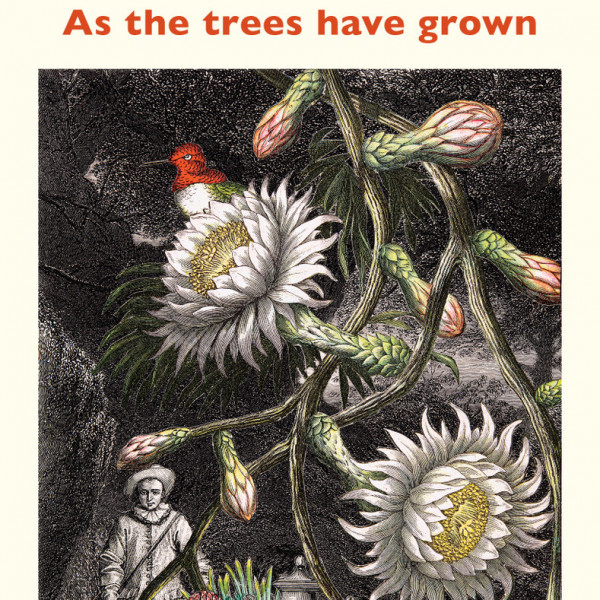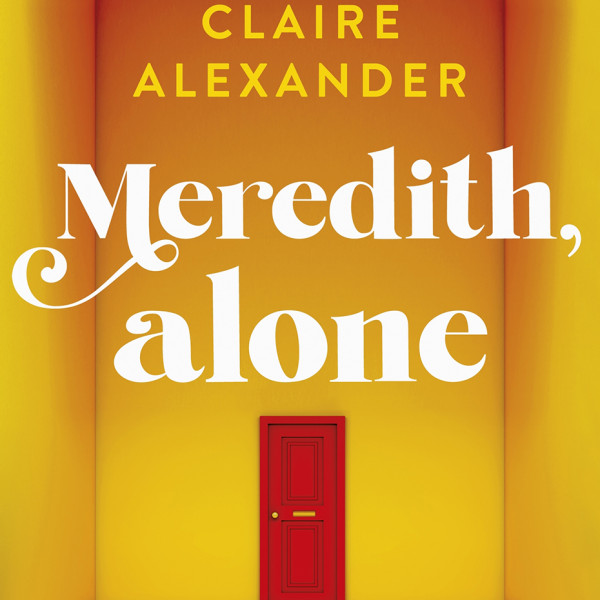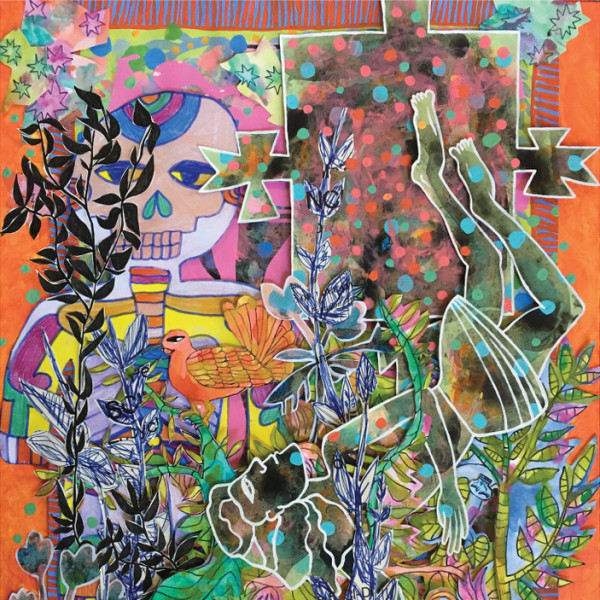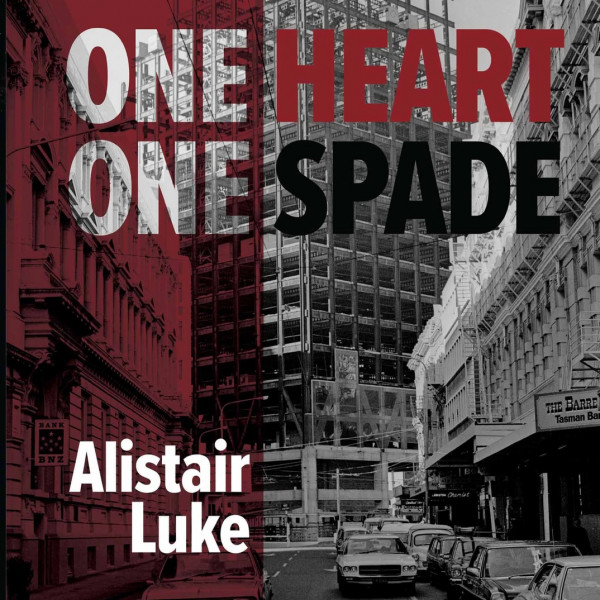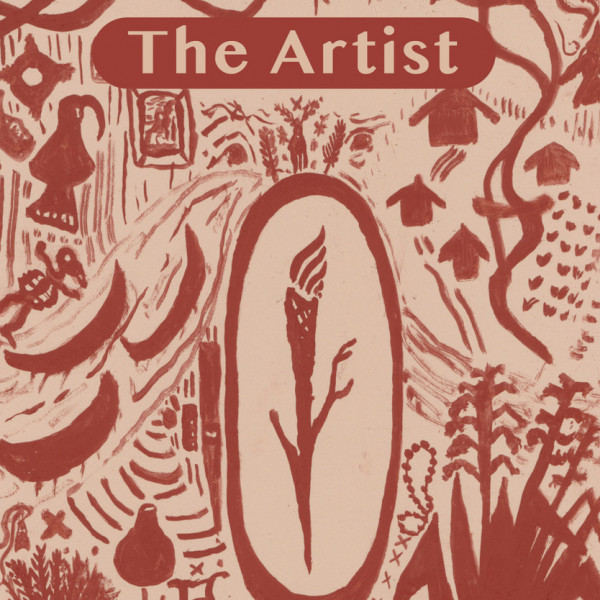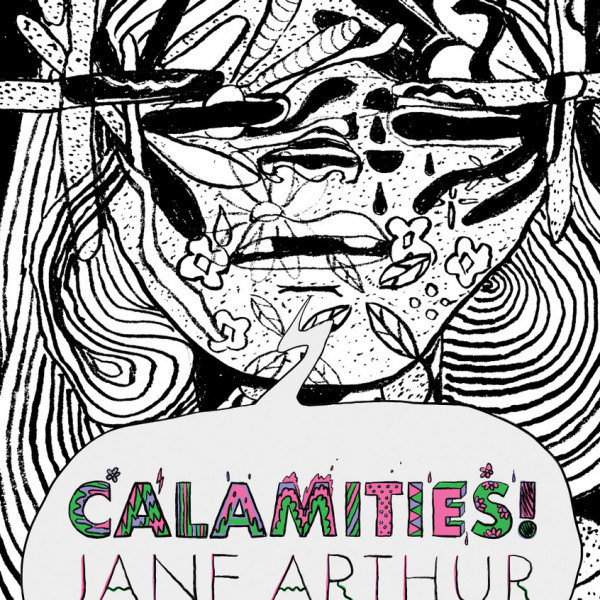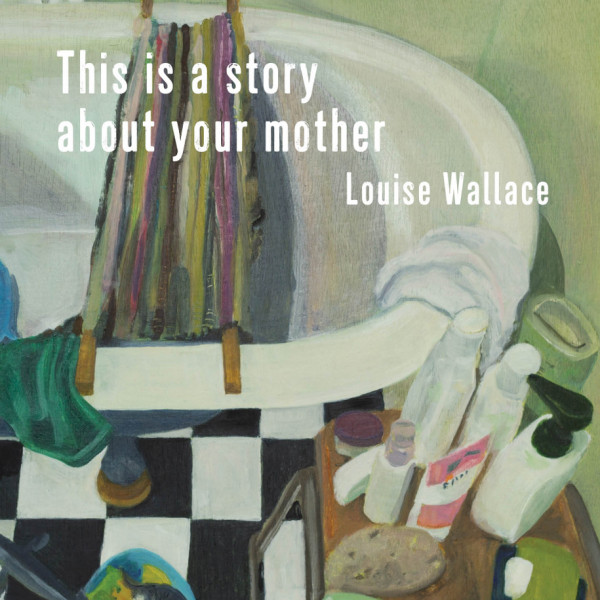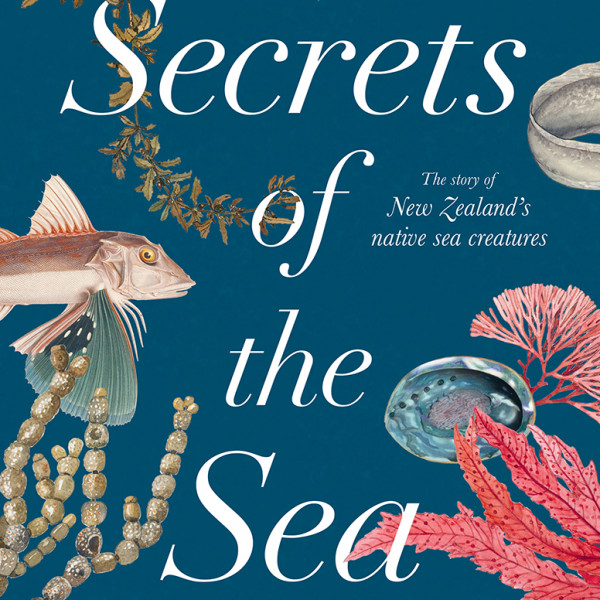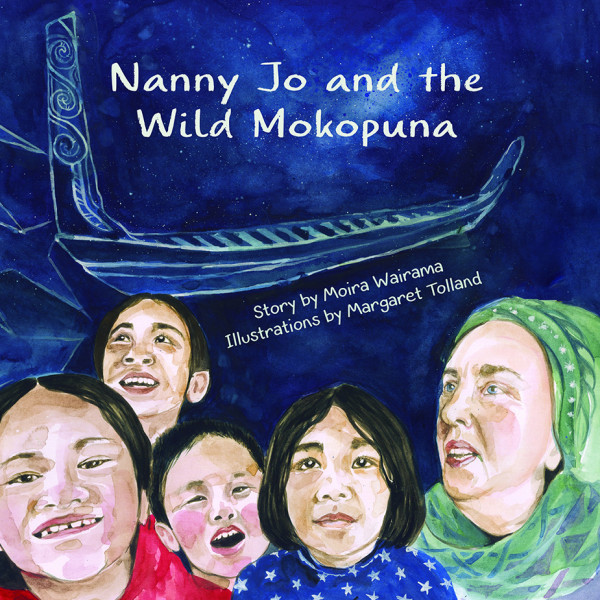
Nanny Jo and the Wild Mokopuna | Nani Jo me Ngā Mokopuna Porohīanga is a poignant tale: one of sadness, celebration, and whānau. Local author Moira Wairama incorporates traditional oral storytelling into her children’s book, which sees Nanny Jo gently weave the significance of Matariki into her mokopuna’s lives by sharing the story of the great fisherman Taramainuku and Te Waka o Rangi.
“Each night Taramainuku sails his canoe Te Waka o Rangi across the sky”, Nanny Jo says. “It’s hard to see his waka in the darkness, however if you find the right stars you will know where it is. Look for the stars of Matariki as they are at the prow of the waka. Look for the stars of Tautoru, as they are at the stern of the waka.”
As Taramainuku sails Te Waka o Rangi across the sky, he drops a great net down to the Earth; the spirits of those who have recently died are invited to climb into his net. For a while, the stars of Matariki and Taramainuku’s waka disappear, but one winter morning the stars reappear, guiding Te Waka o Rangi back into the sky. Taramainuku flings his net high into the sky and the spirits who have travelled with him become free. Some become stars, some return to Hawaiki, and some journey towards the great unknown.
“This can be a sad time, but also a time to celebrate as the return of Matariki and Te Waka o Rangi marks the beginning of the Māori New Year,” Nanny Jo explains.
Nanny Jo tells the story to comfort her mokopuna when she dies. I am reminded of the village it takes to raise a child as Nanny Jo’s whānau cloak her and her mokopuna in their care – taking the children to the park, the river, the bush as she becomes more weary.
Margaret Tolland perfectly conveys a sense of connection and belonging through her illustrations. The ‘wild’ mokopuna seem just that: free, adventuresome, and spirited.
Nanny Jo and the Wild Mokopuna is a moving dedication to Joanna Huriwai and to all the women who battle breast cancer.




